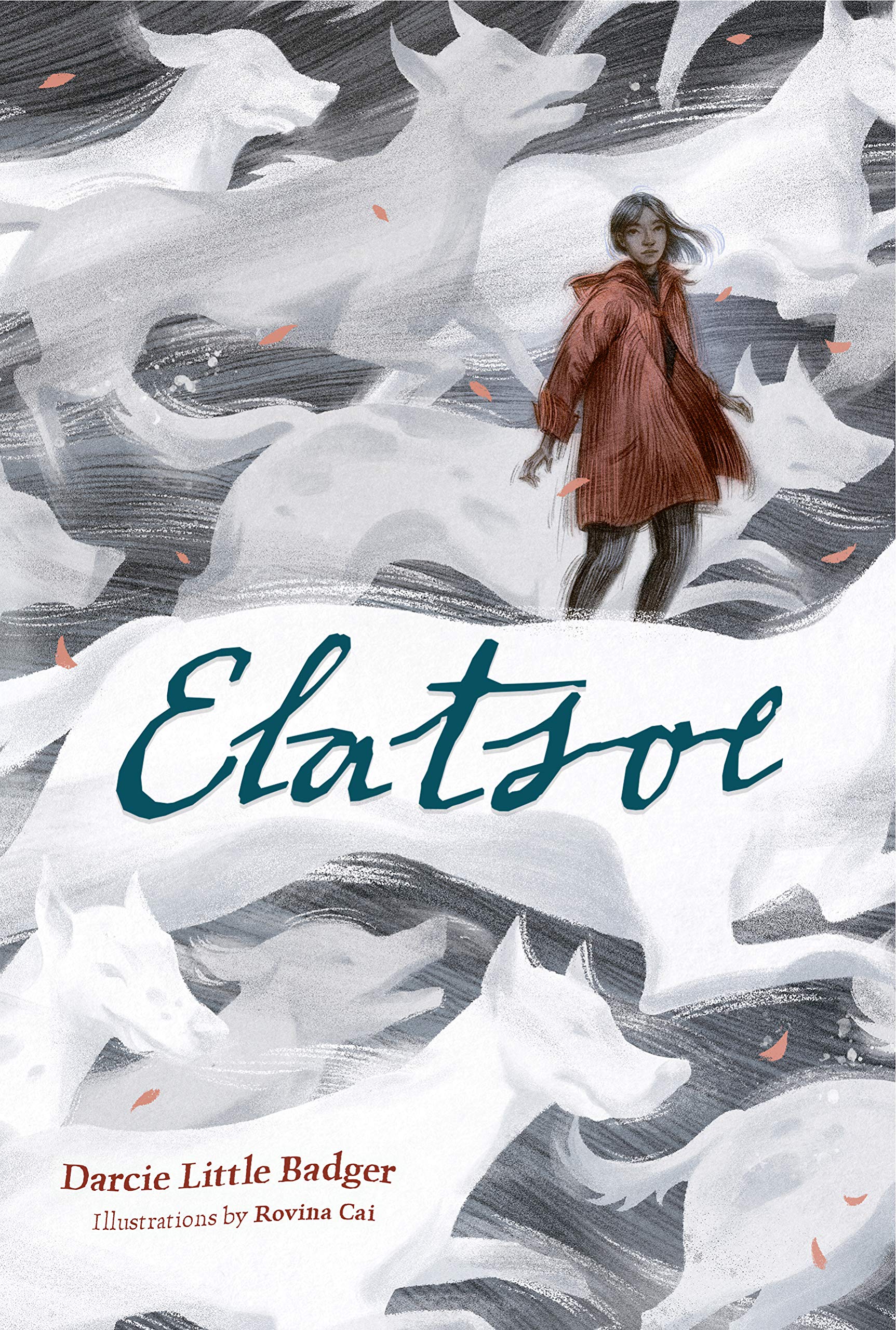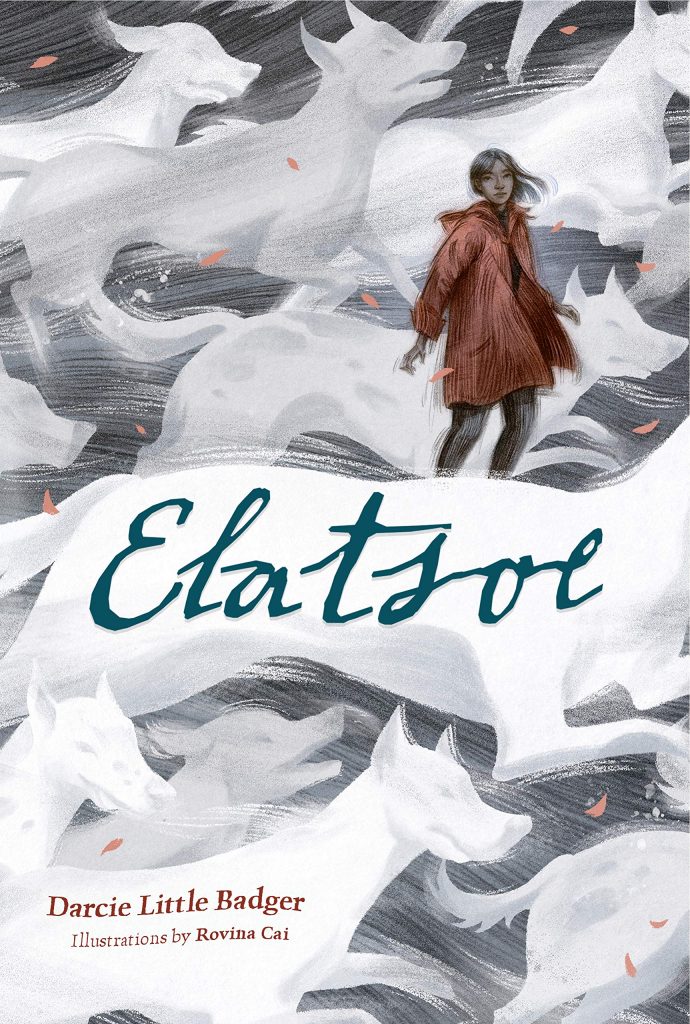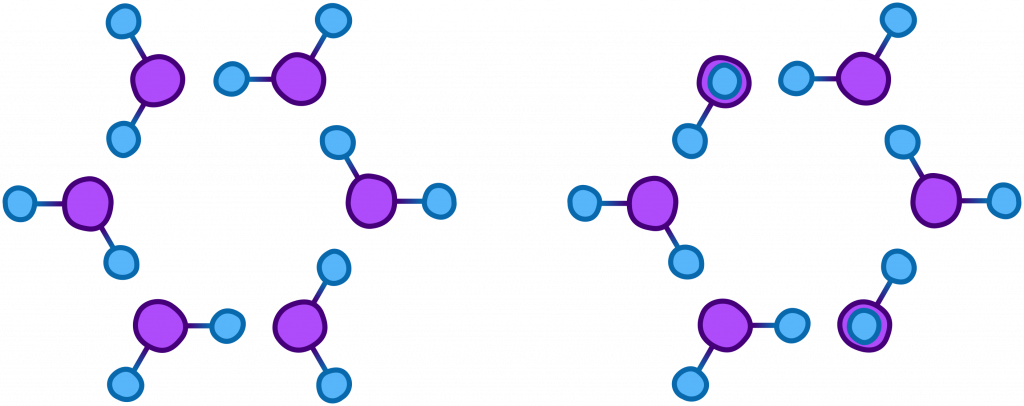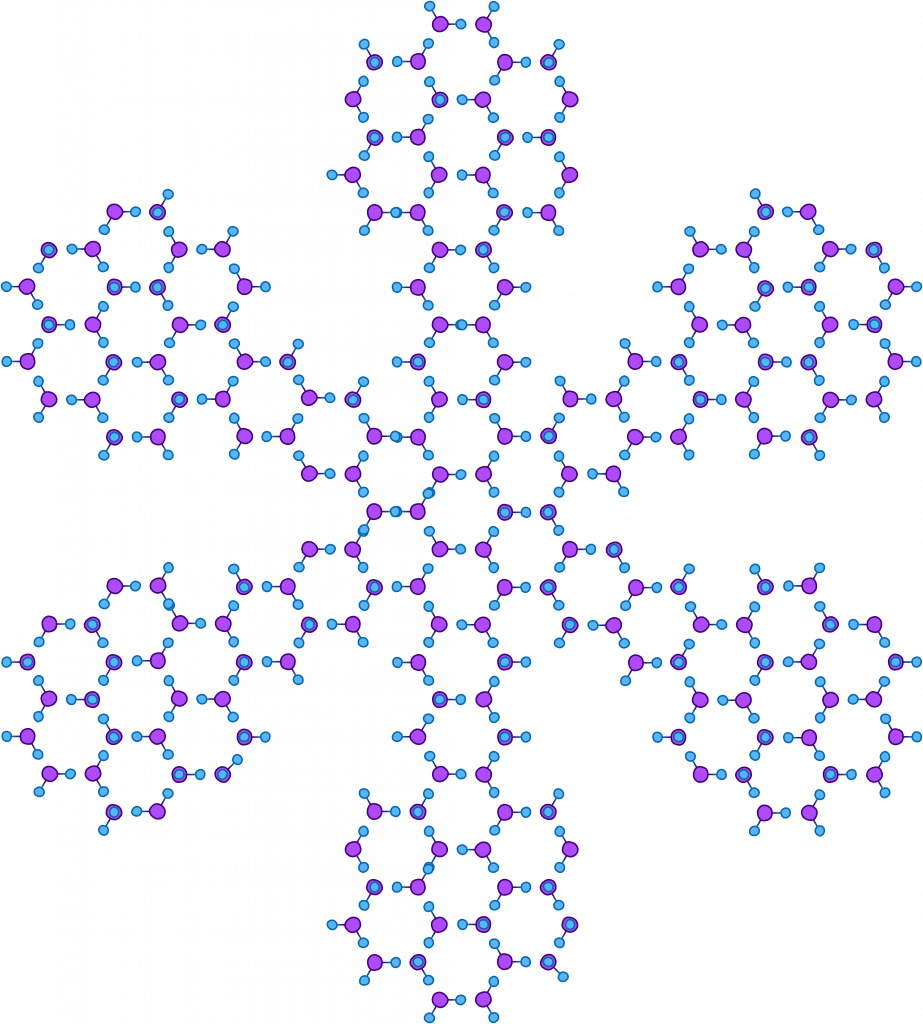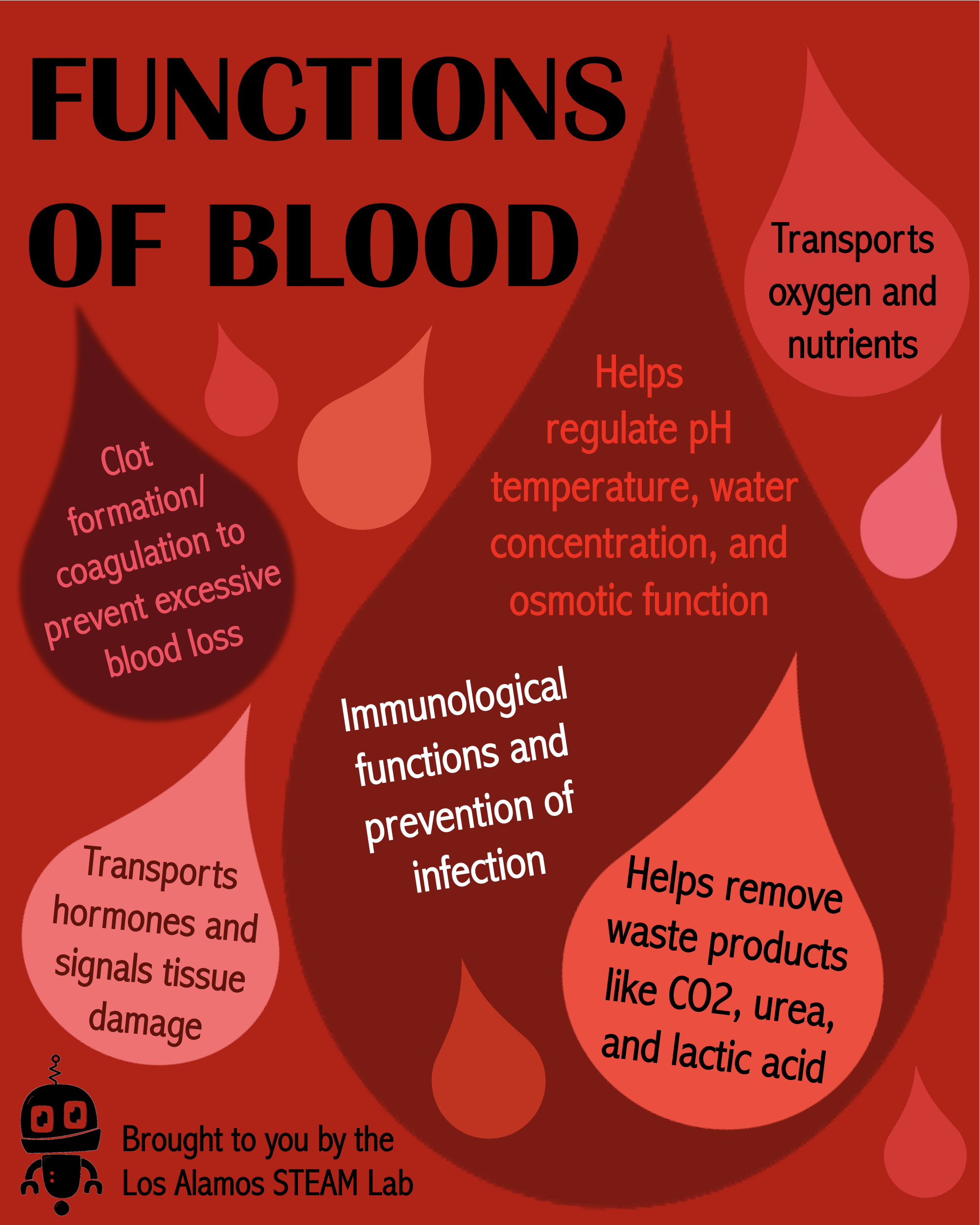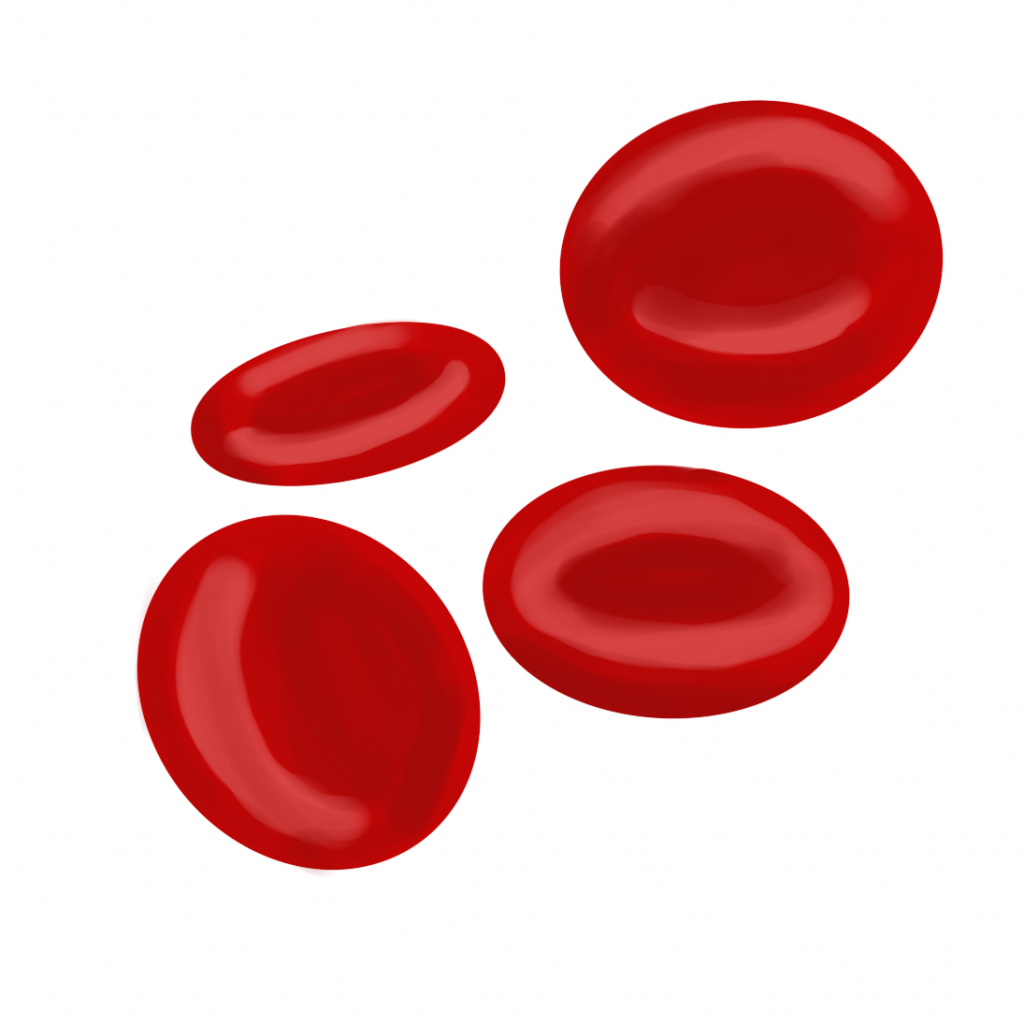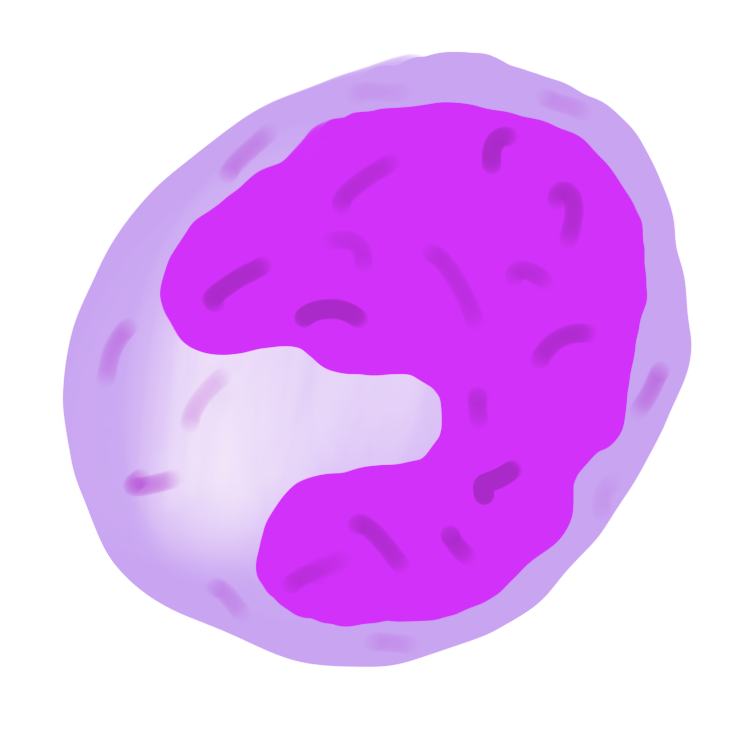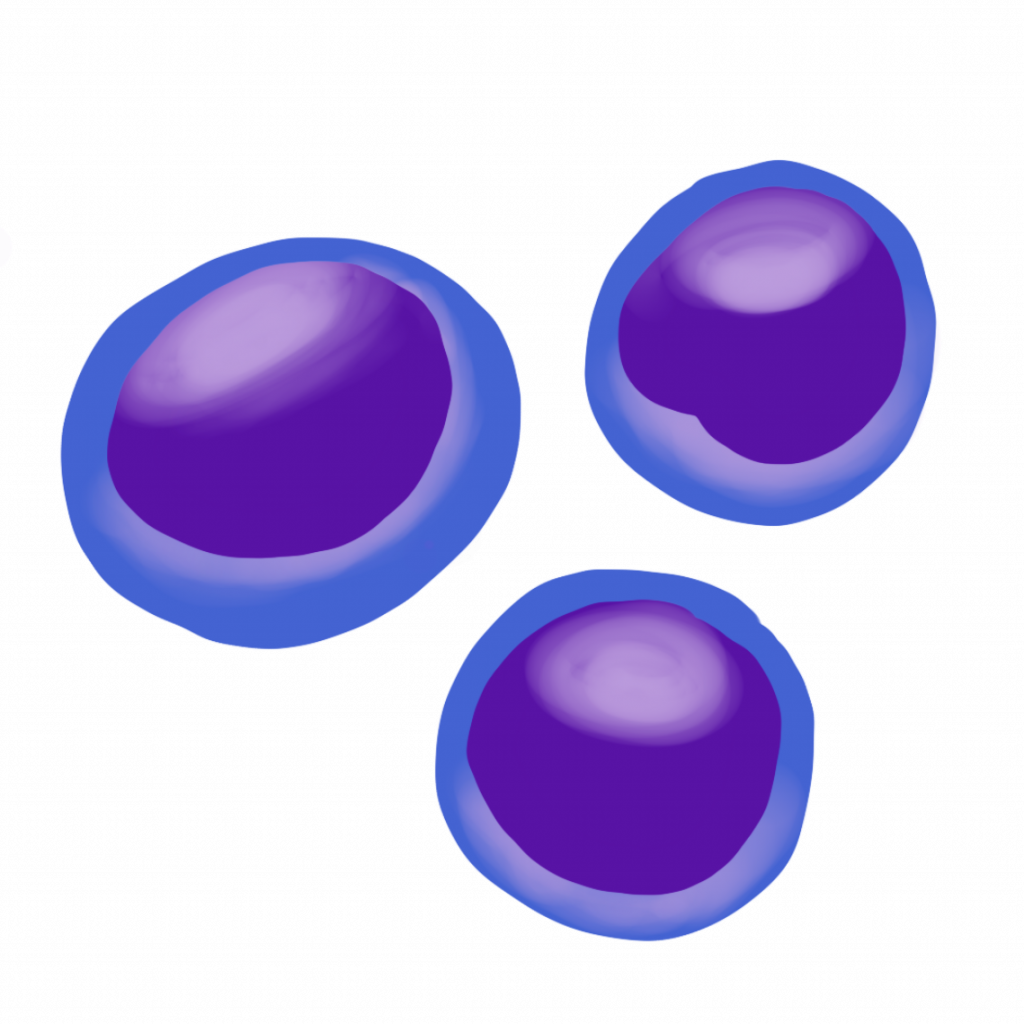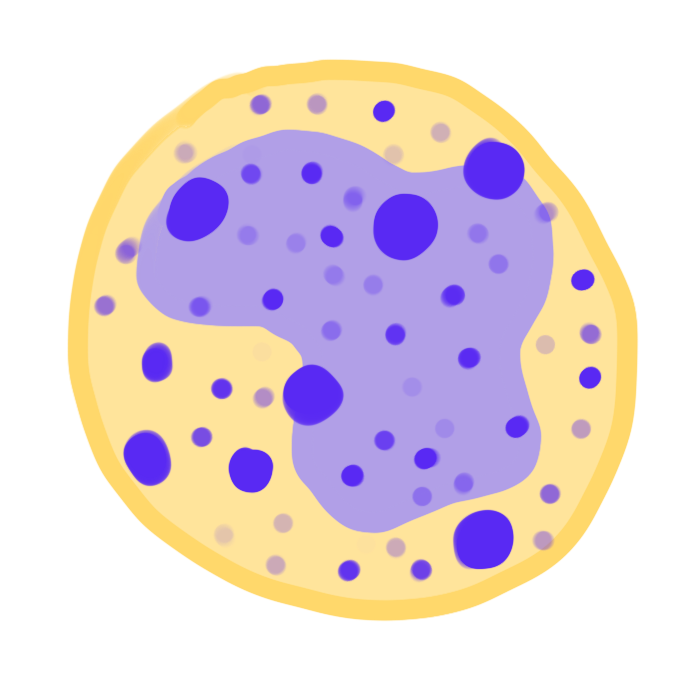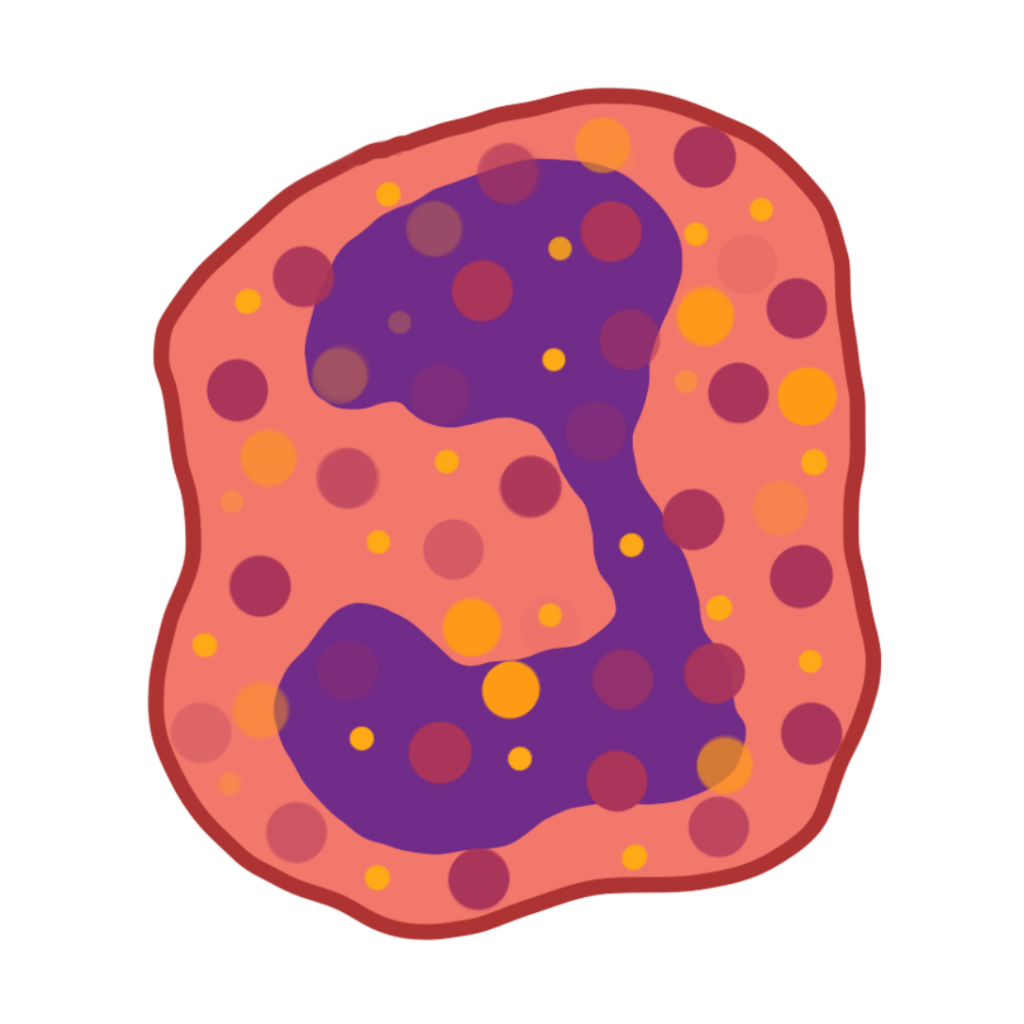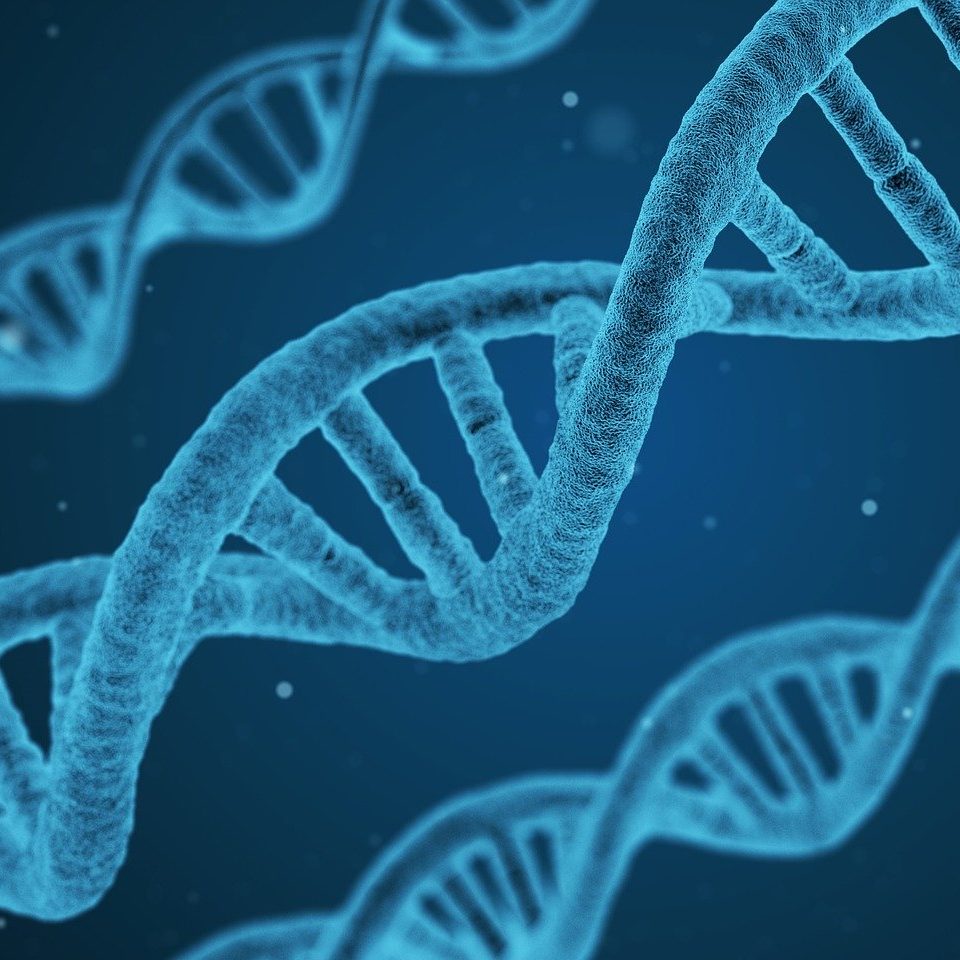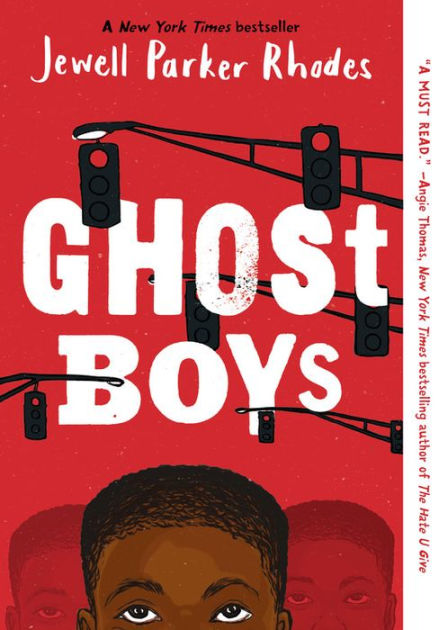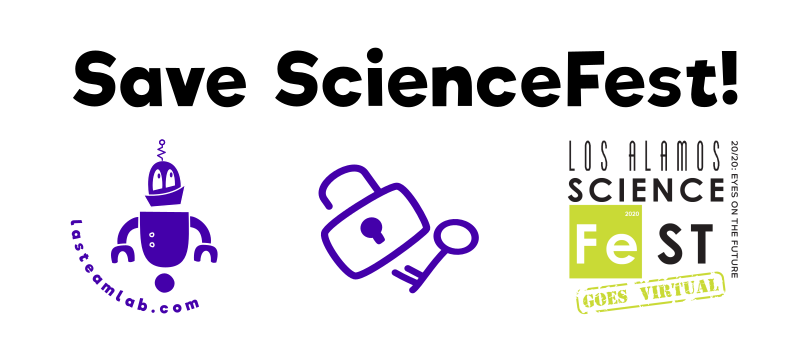
Hour of Code can be a little overwhelming. Here are some of the projects I find most valuable. Most resources were pulled from https://hourofcode.com/us/learn
Pre-Readers
Pre-reader activities just don’t involve written language. Most of these are still completely fun for older kids and even adults.
CodeSpark Academy: I don’t love their pay structure it seems dishonest, and honestly my kid was done after a month, but the puzzles are great for problem solving and can be replayed to collect stars. Some amount of gameplay is free with hour of code.
Website: https://codespark.com/play/
Click “Schools” in the upper left and then “Students” then “Hour of Code.” I recommend the puzzles, but you can design games as well.
Lightbot: I love lightbot enough that I bought the full featured app awhile ago. It is challenging enough for adults and simple enough for preK kids to at least start out. The puzzles involve getting a robot to light squares, but he can jump, turn, light, and more. It works on sequencing and adds functions. The number of commands becomes restricted over time forcing the use of functions. This can limit it for younger kids, but it adds a nice challenge for older kids.
Website: https://lightbot.com/hour-of-code.html
PBS ScratchJr: PBS has some really great guided lessons for ScratchJr. This requires some more hands on work from a parent, but the lessons walk through an unplugged activity, teach some basics of how to use Scratch Jr, watch a 15 minute PBS video clip, and then have kids re-enact a scene in Scratch Jr. These are a great jumping off point for having them create more of their own stories.
Scratch Jr is a block based app that allows kids to create movies or visual stories. It is not nearly so extensive as Scratch, but the simplicity makes it a great jumping off point.
Website: https://pbskids.org/learn/scratchjr/
Block-Based Programming for Readers
Dance Party: This is the quintessential Hour of Code activity and kids tend to love it. There are a lot of videos to watch. They can be skipped, but they are also all about underrepresented people coding in unique ways, so they’re pretty worthwhile.
Website: https://code.org/dance
AI for Oceans: This activity teaches about machine learning and uses the ecological impact of trash in the oceans as a teaching tool. Kids train the bot to recognize fish and not fish and see how well it works. It is a bit slow-paced and I almost didn’t include it, but so few coding activities talk about machine learning that I thought it was important.
Website: https://code.org/oceans
Minecraft: Three of these are Minecraft based puzzle games that teach kids how to sequence. They’re very popular and well done, but they do assume some basic minecraft knowledge. The fourth is more complex and allows kids to have events trigger behavior. I really like this set.
Website: https://code.org/minecraft
You can also download minecraft education edition and run through some free activities there. I like education edition in concept and have even run some classes with it, but it is a bit buggy still and that can be frustrating.
Plethora: This one is new to me and I think I really like it. It starts off a bit slow and it is a bit clumsy to me, but I think that is because of my preconceived notions. Each level starts with a set of colored shapes and should end with a different set. Kids set collision events to create or delete shapes for the final outcome. This concept comes up in game design a lot, and I’ve never seen it taught so explicitly. I like it a lot. Kids can also design their own challenges and the platform is forever free. There is reading at the start, but I think this would be suitable for pre-readers if a reader got them started.
Website: https://www.iamplethora.com/levels.html
Art with Kano: Kano has a great drawing toolkit that lets folks programmatically create drawing by setting the background and pen colors and creating shapes and lines. The tutorials are well done and easy to follow. They progress to creating pong-like games.
Website: https://world.kano.me/challenges/kano-code/strings
Coding Without Blocks
You’ll never catch me saying that block coding isn’t real, but sometimes it is limiting based on the platform you are doing it in. Learning a fully developed language requires typing, spelling, and problem solving skills, but can lead to more freedom.
Bitsbox: Bitsbox is a subscription box I’ve heard some positive things about. In this free hour of code you create a few apps. They walk you through the exact things to type, but also encourage a lot of play with your finished project. I like this, because playing around with functional code is a great way to learn programming, and quite frankly an accepted way to be a professional programmer as well.
Website: https://bitsbox.com/hoc2016.html
Code Combat: This is gamified coding and it works pretty well. STEAM Lab had a free subscription at the beginning of covid and several kids really enjoyed it. There was a major shift of gameplay between worlds, so if your kid loves the free levels, they still may not love the paid version.
Website: https://codecombat.com/play/dungeon?hour_of_code=true and https://codecombat.com/play/game-dev-hoc?hour_of_code=true
Our own Python Tutorials: Not as flashy as some of the Hour of Code apps, but our python tutorials walk kids through the steps needed to make an interactive program in their web browser.
Whatever you do and whatever your style you should have fun with Hour of Code. Programming opens a door to a different way of thinking about the world and is a great tool for both art and science.
